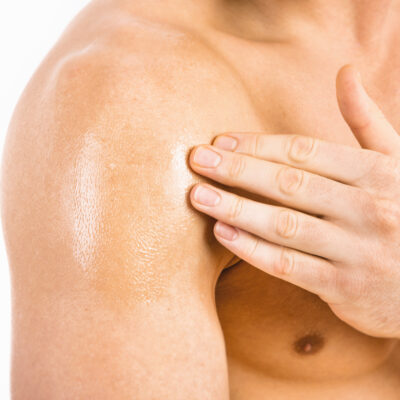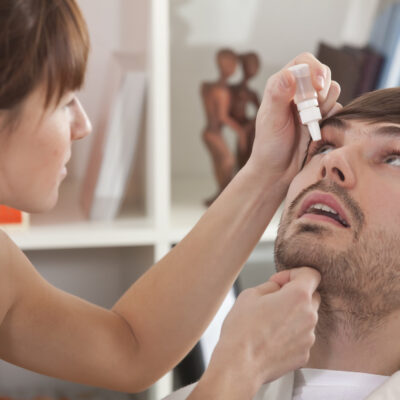
All you need to know about muscular dystrophy
Muscular dystrophy is usually caused by damaged or weak muscles due to collectively inherited diseases. This damage is caused by a lack of dystrophin, a protein necessary for muscle function.
Muscular dystrophy causes the muscles to become weak and dysfunction due to a lack of a protein called dystrophin. This leads to complications such as unstable walking, difficulty in swallowing, and lack of muscle coordination. While children are more prone to it, it can also affect people of any age. There are more than 30 types of muscular dystrophy. Although Medications and therapies can help improve muscular functions, there is no cure for it.
Symptoms
The most significant symptom of muscular dystrophy is continuous weakening or dysfunctioning of muscles. Symptoms may vary depending on the type of muscular dystrophy. Most common symptoms are:
- Constant falling.
- Difficulty in mobility such as walking, running.
- Stiffness and pain in muscles.
- Loss of reflexes.
- Difficulty in breathing and swallowing.
- Weakening of the heart and lungs.
- Change in walking style.
- Difficulty getting up after sitting for a long period of time.
- Muscle cramps.
- Vision problems.
- Poor motor ability.
- Speech problems.
Types of muscular dystrophy
Duchenne muscular dystrophy
Young male children are more likely to develop this condition. It occurs at the early stages of childhood. The affected individuals need a wheelchair and their life span is shorter (late teens or early 20s).
Becker muscular dystrophy
This condition’s symptoms and effects are similar to that of Duchenne muscular dystrophy; however, it is less severe and progresses slowly. The symptoms usually occur after the age of 11 and beyond. Wheelchairs are not required until the mid-30s and the life span is relatively long compared to Duchenne muscular dystrophy.
Congenital muscular dystrophy
This condition is often found in infants and children up to the age of 2. The symptoms can be severe or mild. The affected children suffer from mobility disorder and have difficulty standing up or sitting down. The life span of the individuals is relatively short and only a few manage to survive until adulthood.
Myotonic dystrophy
When suffering from this condition, those affected find it difficult to relax their muscles after it contracts. This is also called Steinert’s disease. It usually occurs in adults between 20 to 30 years of age and is not as life-threatening.
Facioscapulohumeral (FSHD) muscular dystrophy
This is also known as Landouzy-Dejerine disease. The affected individuals suffer from dysfunction of muscles in the face, shoulders, and upper arms. It mostly occurs in teenagers and is not life-threatening.
Limb-girdle muscular dystrophy
Limb-girdle muscular dystrophy weakens the muscles, making movement difficult. Affected individuals are completely disabled by the age of 20.
Oculopharyngeal muscular dystrophy (OPMD)
Oculopharyngeal muscular dystrophy affects the facial muscles, neck, and shoulders. It is often diagnosed in the late 40s or 50s.
Distal muscular dystrophy
Also known as distal myopathy, this condition is characterized by weak muscles on the face, arms, hands, feet, and calves. It is usually diagnosed in adults aged between 40 to 60.


